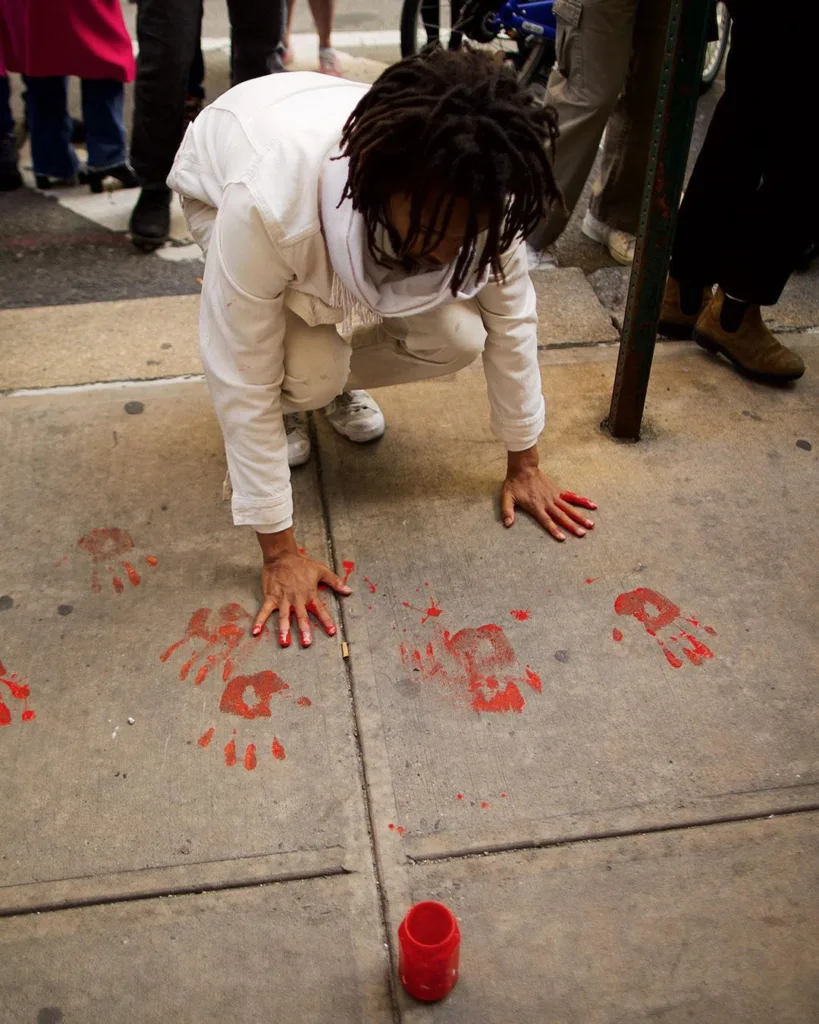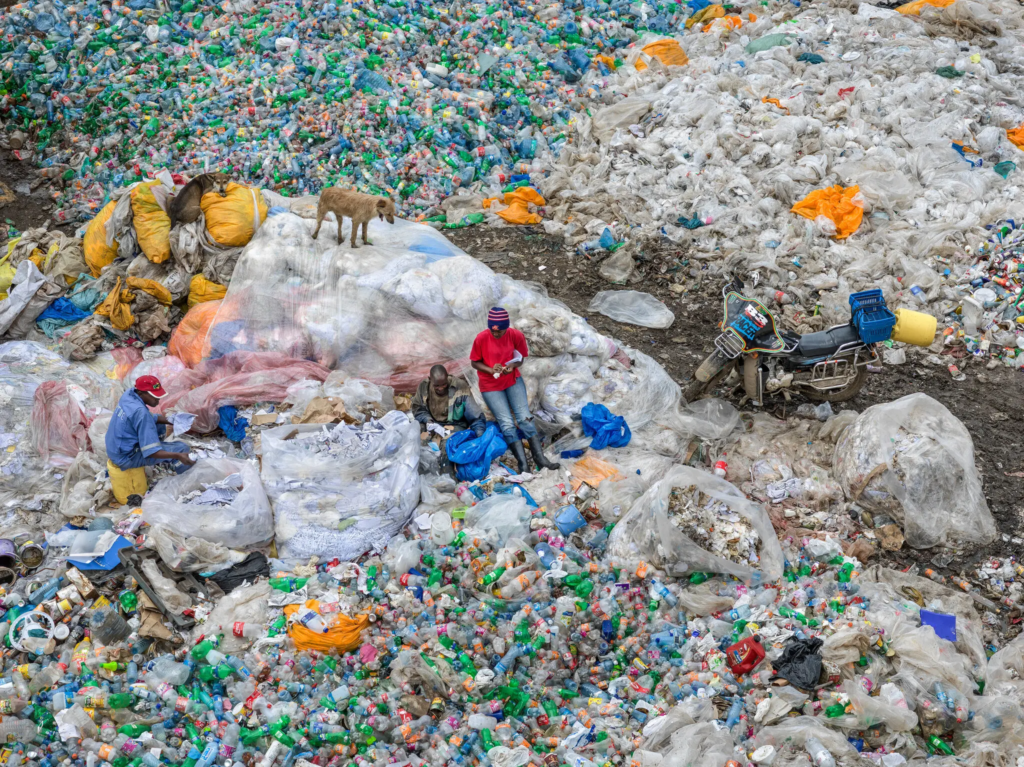Art has always been a form of expression and a way to convey messages. Artists have used their talents to draw attention to social and political issues. Many believe that art can be a powerful tool for activism. But the question still remains: how far does art actually help in activism? Does it make a change? Does it propel or irk something in our human world? Can it actually propagate some change in this dark society we live in?

The recent protests happening in New York City have had me questioning a lot about our role as creatives as tools or rather vessels of change. The power of art as a tool for activism is undeniable. Through visual and emotional expression, art can communicate messages and ideas in a way that words often can’t. It has the ability to connect with people on a deeper level and evoke strong emotions.
A recent book by Edward Burtynsky titled “African Studies” showcases the power of art to draw attention to environmental issues. Burtynsky’s photographs, produced across the African continent, highlight the patterns and scars of human-altered landscapes. At first glance, his work references the sublime and often surreal qualities of human mark-making. However, on a deeper level, Burtynsky’s work serves as a commentary on the major themes of affecting our continent. For instance terraforming and extraction, urbanization and deforestation, and the unsettling reality of sweeping resource depletion on both a human and industrial scale.
Through his work, Burtynsky captures the essence of the destruction of the African landscape by human activity. He is interested in the activities relating to the Chinese economic presence in Africa. The book’s several distinct chapters culminate in a series that depicts the interiors of gigantic newly built manufacturing plants in Africa owned by China. Highlighting the country’s economy is a powerful example of how art can serve as a tool for activism. He brings attention to environmental issues and promotes social change.

But Burtynsky’s work is not the only example of how art can be a powerful tool for activism. Artists from Banksy’s street art to David Pope’s political cartoons have used their art to draw attention to various social and political issues. Tarana Burke’s graphic, which illustrated the scope and prevalence of sexual harassment and assault, helped propel the #MeToo movement. The graphic went viral and helped to create a visual representation of the movement that was accessible to a broad audience.,
Art can be a powerful tool for activism. It has the power to connect with people on a deeper level and evoke strong emotions. While it may not always be the driving force behind social or political change, art has the ability to draw attention to important issues and spark important conversations. Edward Burtynsky’s “African Studies” is a powerful example of how art can be used to bring attention to environmental issues and promote social change.


